Summary
- Silent Hill is artistically impactful, shaping the horror genre through psychological elements.
- Toyama’s diverse games post-Sony, like Siren, provide unique gameplay mechanics and eerie atmospheres.
- Slitterhead, inspired by Hong Kong cinema, showcases distinct characters and a twisted art style.
Silent Hill is a foundational work for the horror genre, and a great example of where artistry and tech meet. The original game was helmed by Keiichiro Toyama before his subsequent departure to Sony. In the years following this, he and his team made plenty more games, both in and out of the horror genre.
6:44
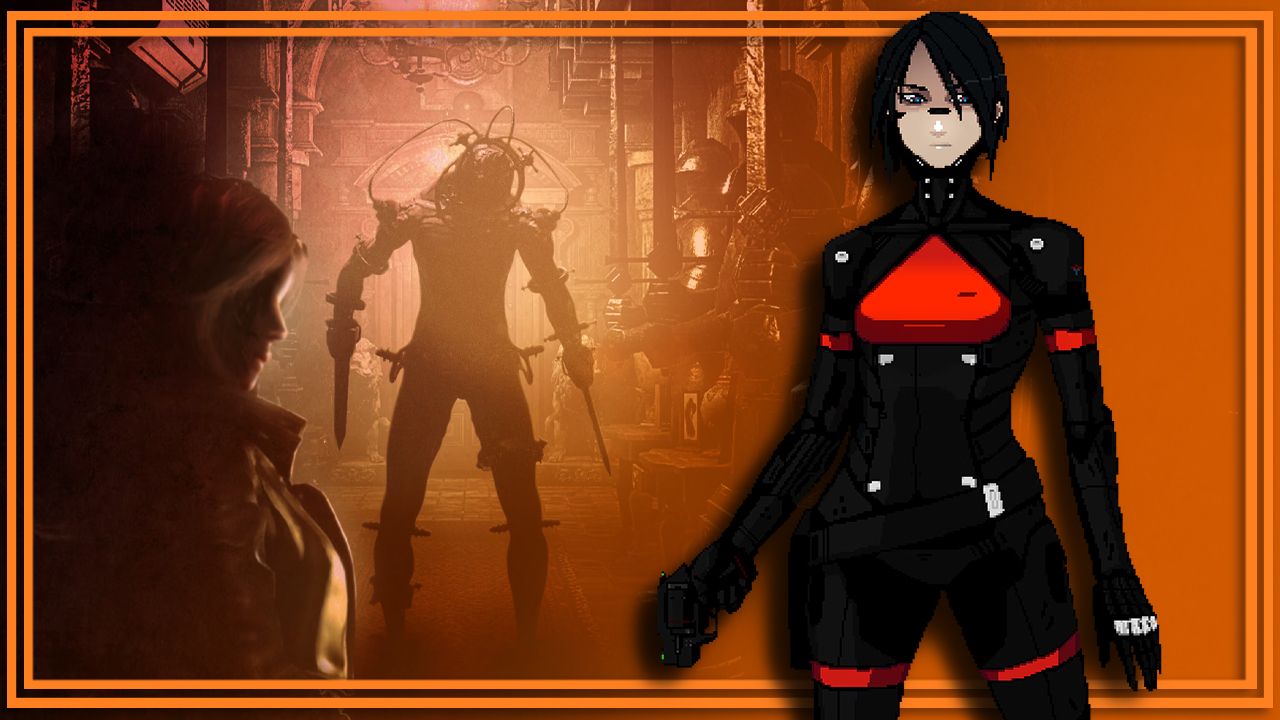
Related
The Best Indie Horror Video Games Of All Time, According To Metacritic
Indie horror video games have carved out their own niche in the industry. According to Metacritic, these are the best ones on the market.
After leaving Sony, Toyama set up his own studio and recruited many of his previous collaborators to help him in his new venture. While few of his games are as well known as his original creation, he has made some incredibly diverse games that deserve to get some spotlight too.
7
Forbidden Siren
Siren
- Released
-
April 20, 2004
- Developer(s)
-
Japan Studio
- Publisher(s)
-
Sony Computer Entertainment
Immediately after Silent Hill, Toyama created a brand-new horror game, one that would become a franchise in its own right. This was Siren, a genuinely deeply unsettling horror game quite unlike any other. The enemy designs were some of the creepiest the genre has produced, and the uncanny look of the superimposed faces.
The most unique aspect of Siren was the Sight-Jacking mechanic, where you could see through the eyes of anyone, including enemies. It was the only real way to see where everyone was, due to the lack of navigation tools. The game was obscenely cruel at times and often times required a bit of luck to succeed, though there’s no denying the artistry on display here.
The game was also known as Forbidden Siren in the PAL region.
6
Forbidden Siren 2
Forbidden Siren 2
Action
Survival Horror
Stealth
- Released
-
February 9, 2006
- Developer(s)
-
Japan Studio, Sony Interactive Entertainment
Just over two years on from the original Siren came Forbidden Siren 2. This entry was much like the original, though came with copious improvements to help with some of the difficulties of the original. Like the original it was level-based, though these could be explored in a non-linear fashion. Actions with one character might affect the level of another, and so on.
Some of the biggest changes in Forbidden Siren 2 came in the Sight-Jacking system. Before, it allowed you just to see through the eyes of others, but now characters had specific functions, like being able to control Sight-Jacked enemies. New enemy types were introduced as well, and some extra stealth functions as well. The experience was smoother, though some tension was definitely removed.
5
Siren: Blood Curse
Another two years on came Siren: Blood Curse. This one is fascinating. It is both a remake and sequel to the original Siren. The context is that Blood Curse recreates the events of the original game but in a film crew context. So it’s an event inspired by the original. It’s an intriguing concept for a story that leans into the non-chronological nature of the games.
Blood Curse keeps many of the gameplay improvements from the previous game, though puts a much greater emphasis on stealth this time around. Sight-Jacking also appears as a split-screen, allowing you to still navigate while looking through the eyes of an enemy. This also means the enemies tend to be a bit more vicious in their pursuit. It’s a game that is stylistically quite different from the previous entries, though incredibly confident.
4
Slitterhead
- Released
-
November 8, 2024
- Developer(s)
-
Bokeh Game Studio
- Publisher(s)
-
Bokeh Game Studio
After getting a break from horror with the Gravity Rush series, Toyama returned to the genre with Slitterhead. Partially, at least. Slitterhead is an action game in horror clothing, and one that pays immense homage to Hong Kong film directors like Wong Kar-wai. And as callback to Siren, a rendition of the Sight-Jacking mechanic makes a return.
5:54
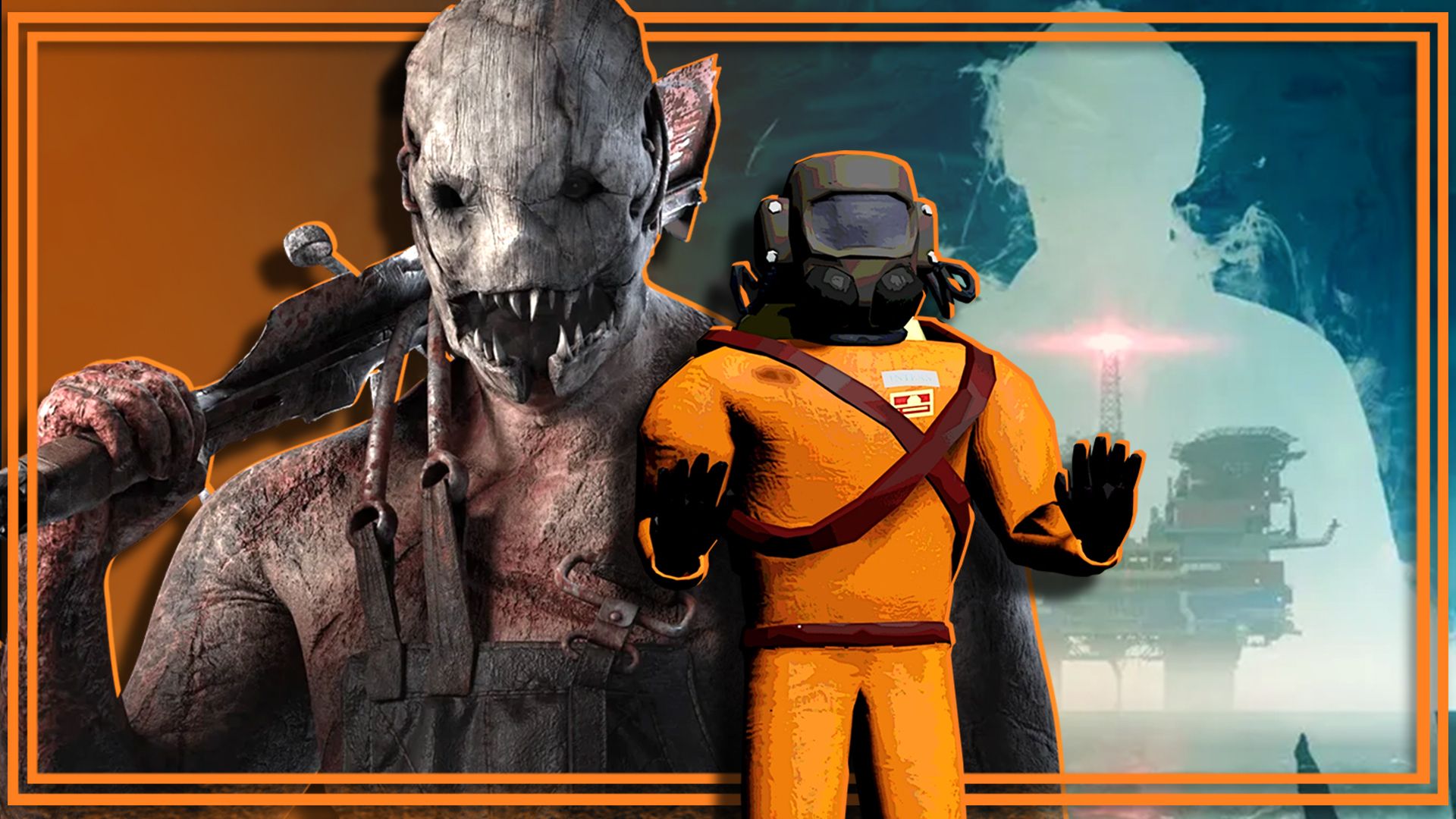
Related
Slitterhead is all about its characters, each of them with unique capabilities used to defeat the eponymous Slitterheads. However, you can also freely jump into the body of literally anyone, including animals. The game is at times janky, and doesn’t always have the greatest variety of enemies, but the sheer style and confidence it exudes is unmatched.
3
Gravity Rush
Gravity Rush
- Released
-
June 12, 2012
- Developer(s)
-
JapanStudio
- Publisher(s)
-
Sony Computer Entertainment
After completing the trilogy of Siren games, Toyama pushed for an idea he had conceived of early in his career. What he pitched as a gravity-action game grew to become Gravity Rush. Initially developed as a PS3 game, it was eventually shifted to the PS Vita to take advantage of the console’s precise gyroscope.
Gravity Rush is a far cry from anything Toyama had made at this point, shifting for a more light-hearted world. On top of Kat being a lovable protagonist, the sensation of manipulating gravity and using it both in combat and in navigating the world is an absolute joy and a visual feast.
2
Gravity Rush 2
Gravity Rush 2
- Released
-
January 20, 2017
- Developer(s)
-
JapanStudio
Gravity Rush, despite a clarity of vision, had a complicated development across shifting platforms and uncertain specifications. In the intervening years, Gravity Rush 2 was made squarely for the PS4 and built upon just about everything from the original game. It’s Gravity Rush, but bigger, brighter, and all the more whimsical.
Kat’s gravity powers are enhanced, letting her make herself lighter or heavier, which has impacts in both combat and navigation. The world is larger too, and has many destructible elements in it too. NPCs interact with Kat too, and she can do the same. The world just feels more joyous and alive.
1
Silent Hill
- Released
-
January 31, 1999
The concept of a ‘best game’ is an impossible standard to define because no art is definitive. One angle you can consider is the sheer impact of a work of art though, and SIlent Hill is a game that, without its existence, would have changed the gaming industry entirely.
Silent Hill itself took a lot from Resident Evil, though its focus on psychological horror and more open environments set it apart. It is an unsettling game that uses unconventional story-telling. It is a game that asks you to play it over and over again, and to really digest its world. It has so much to say, even to this day.
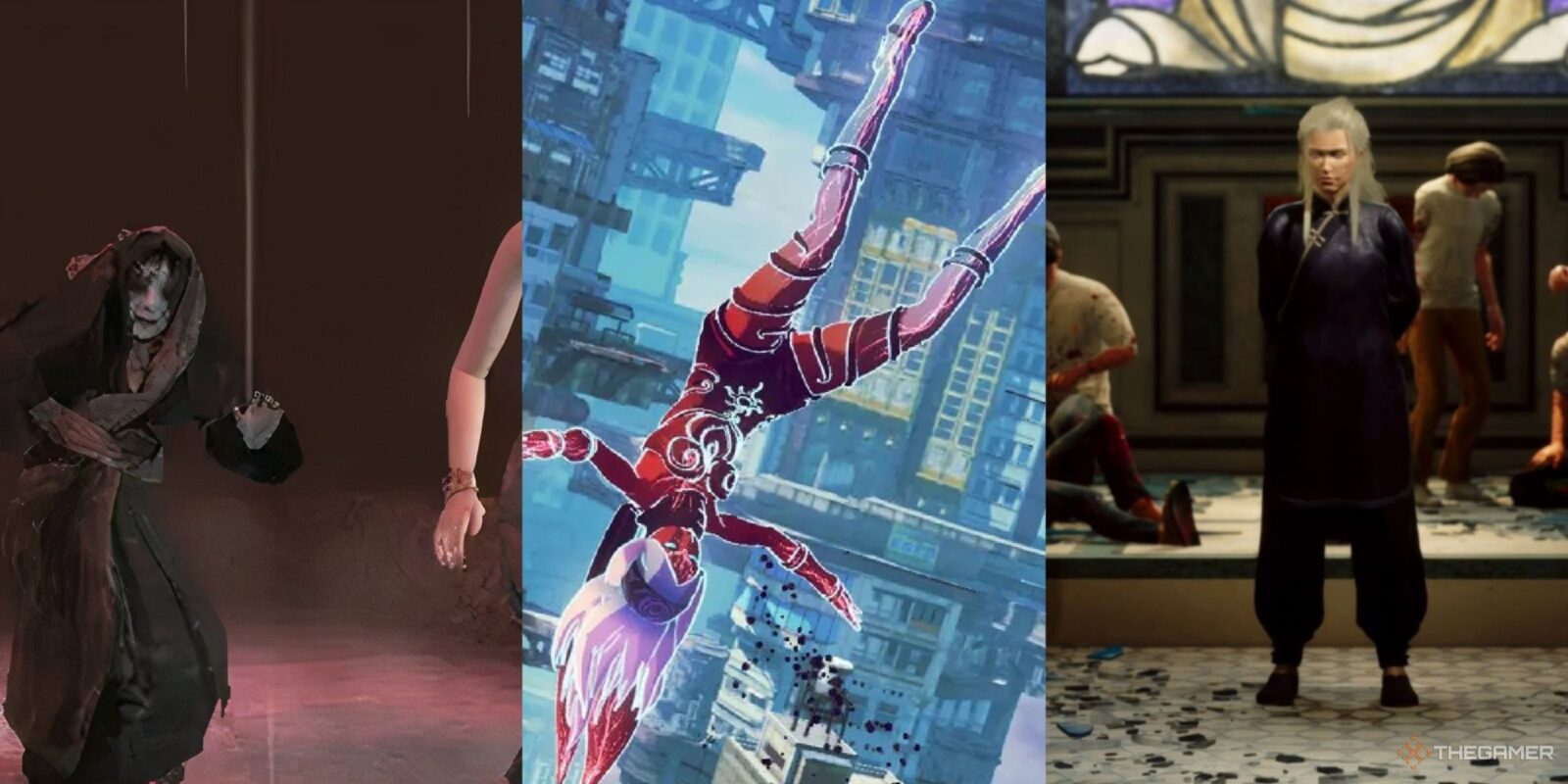
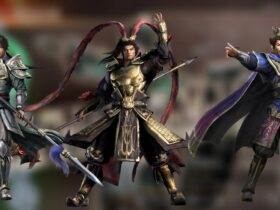
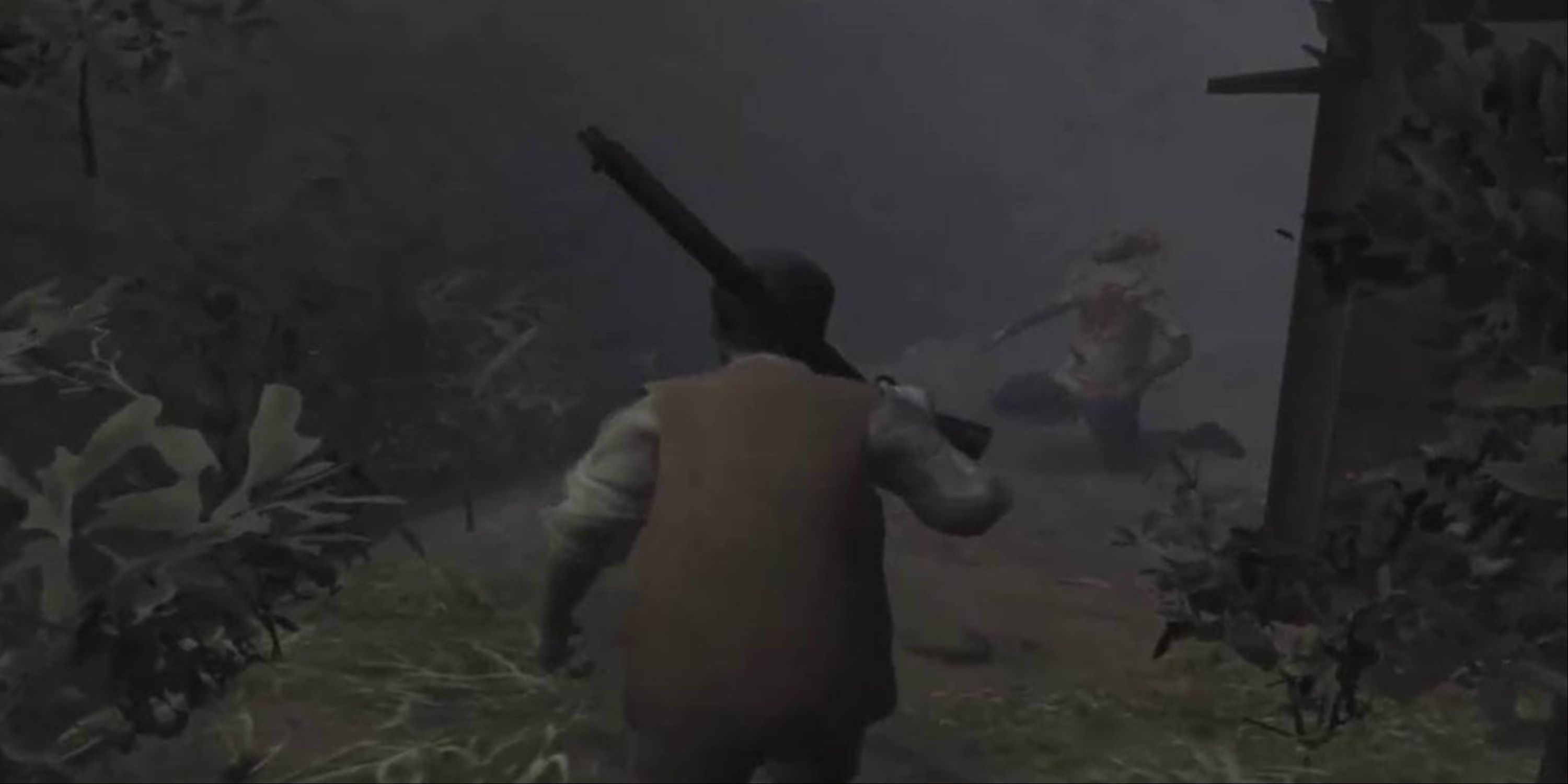
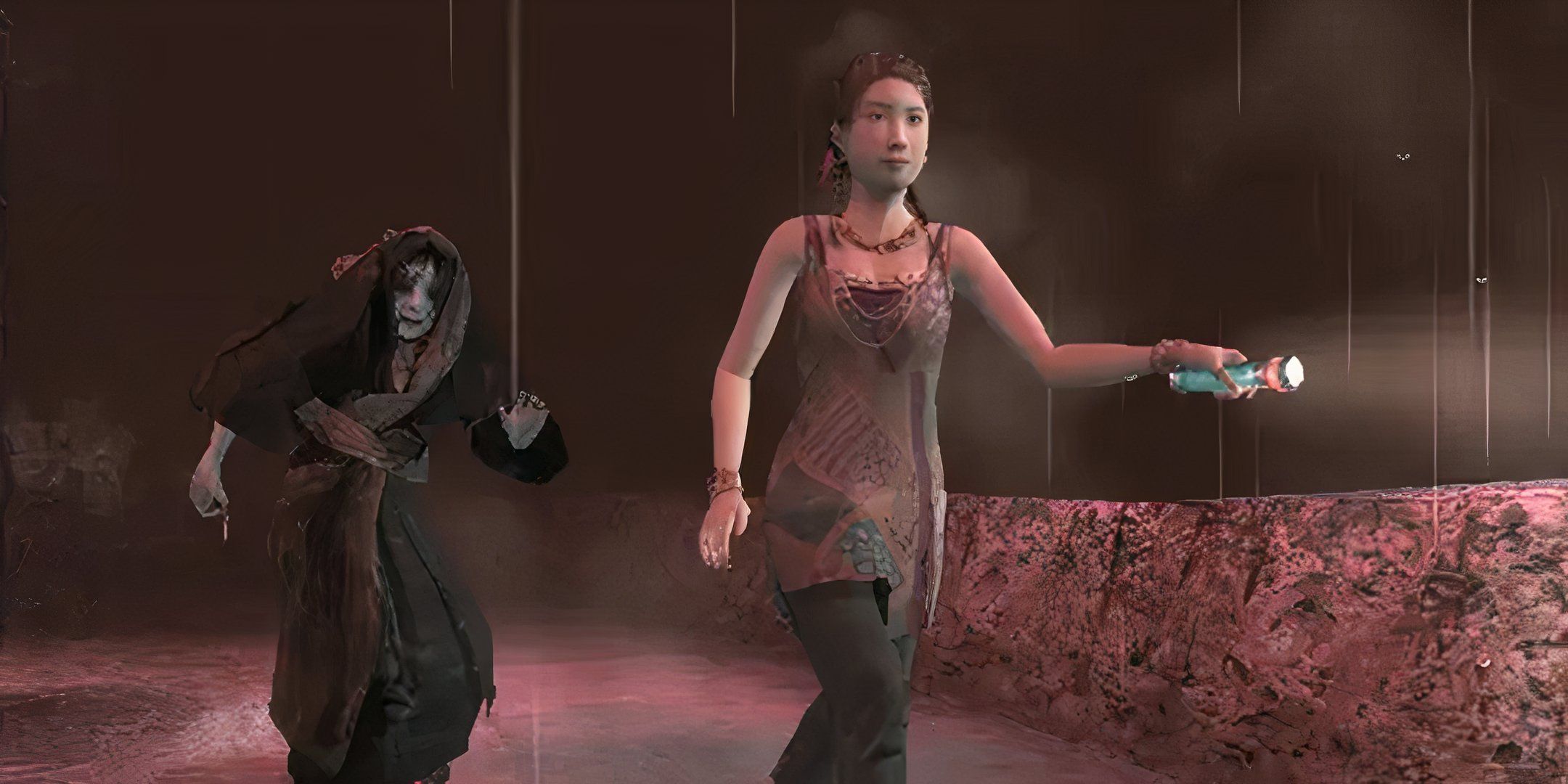
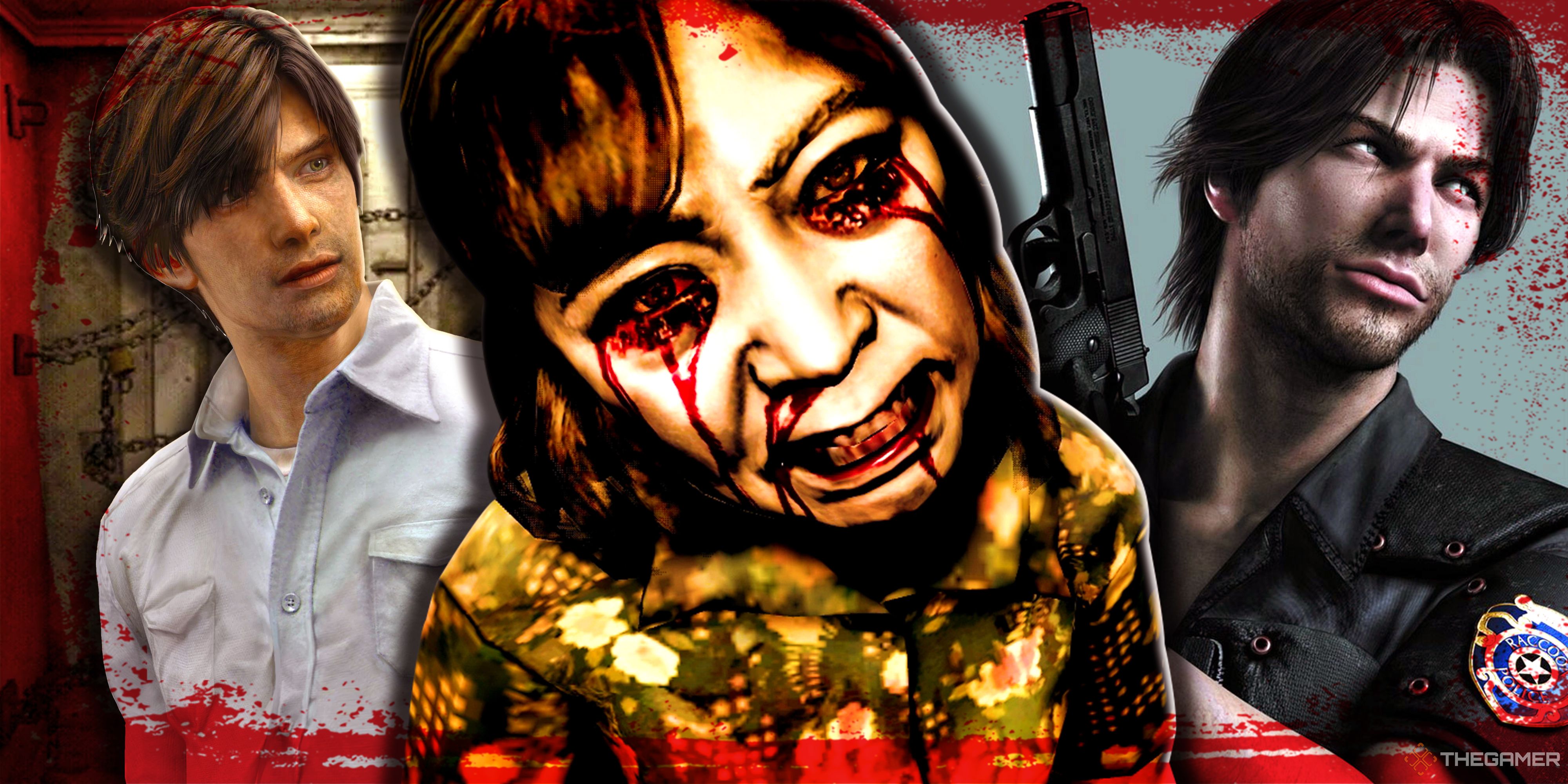
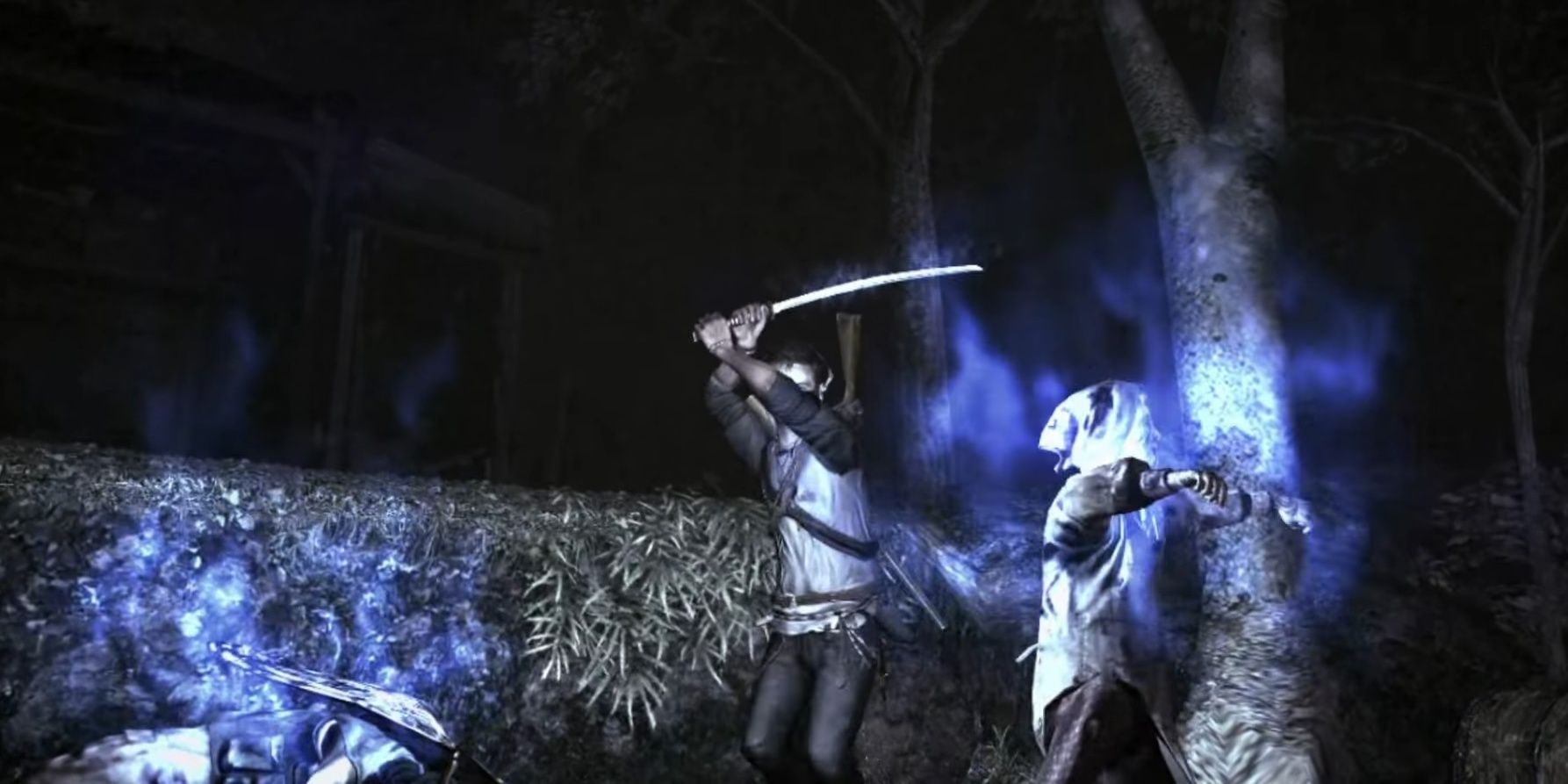
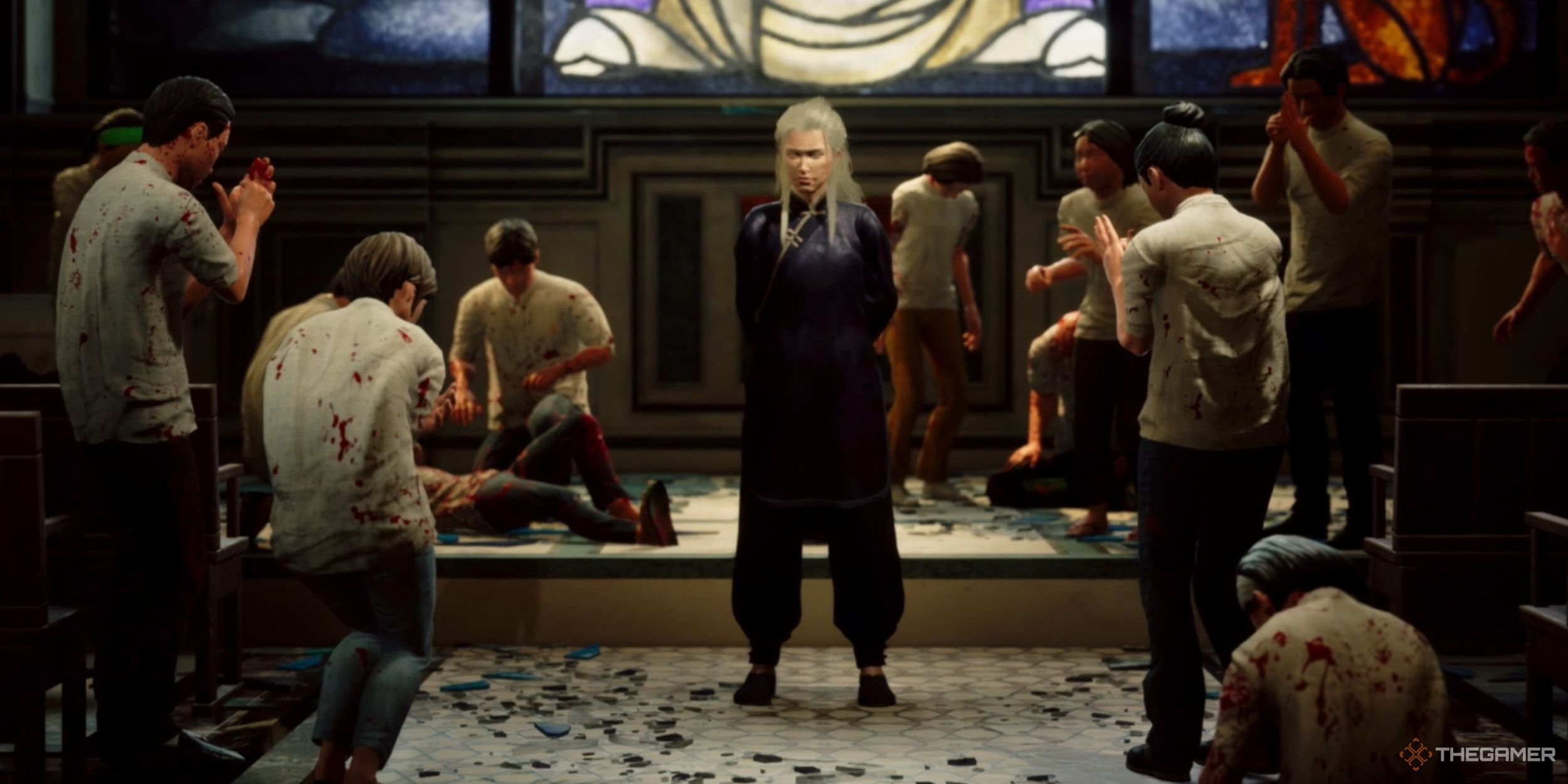
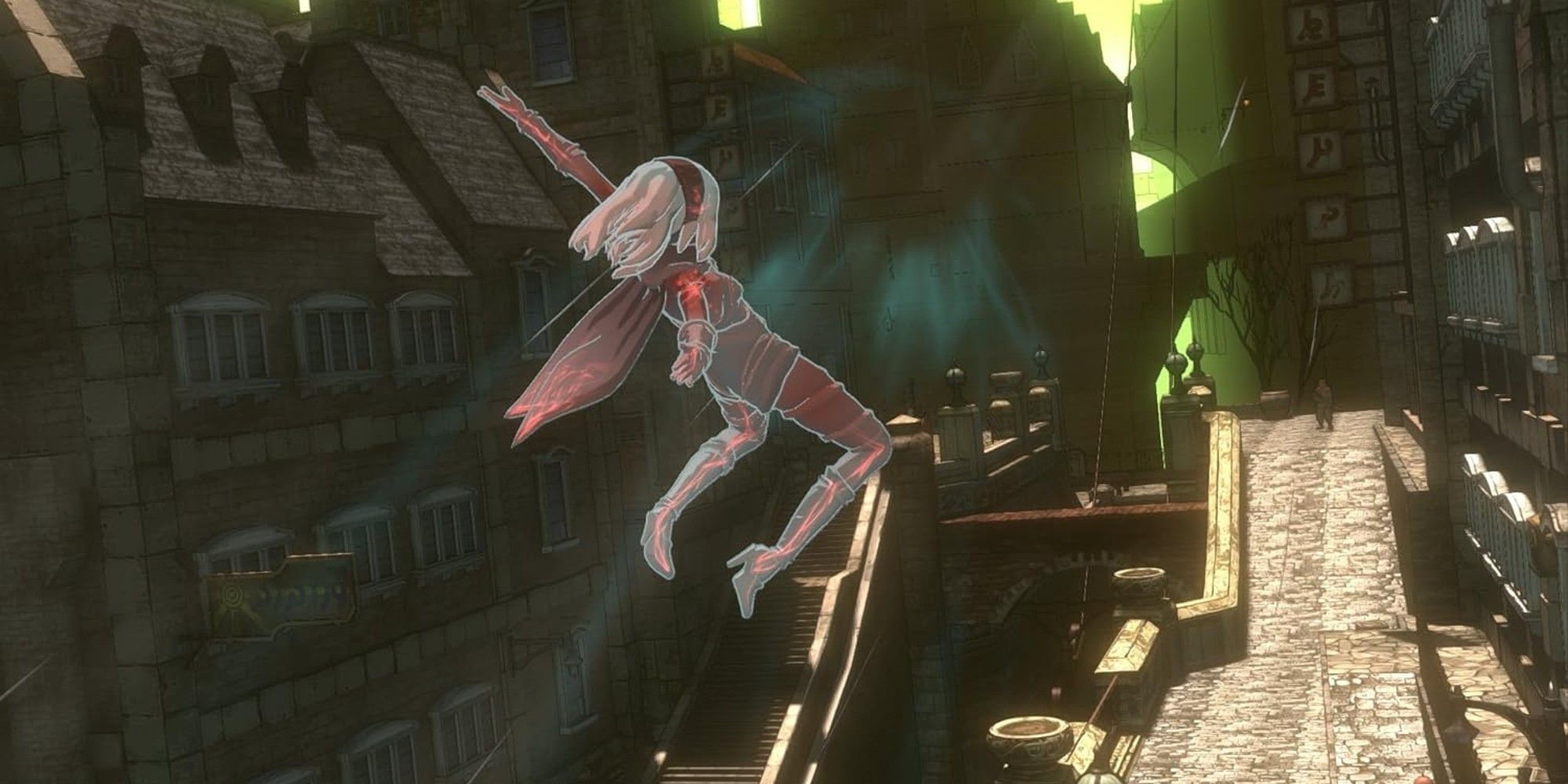
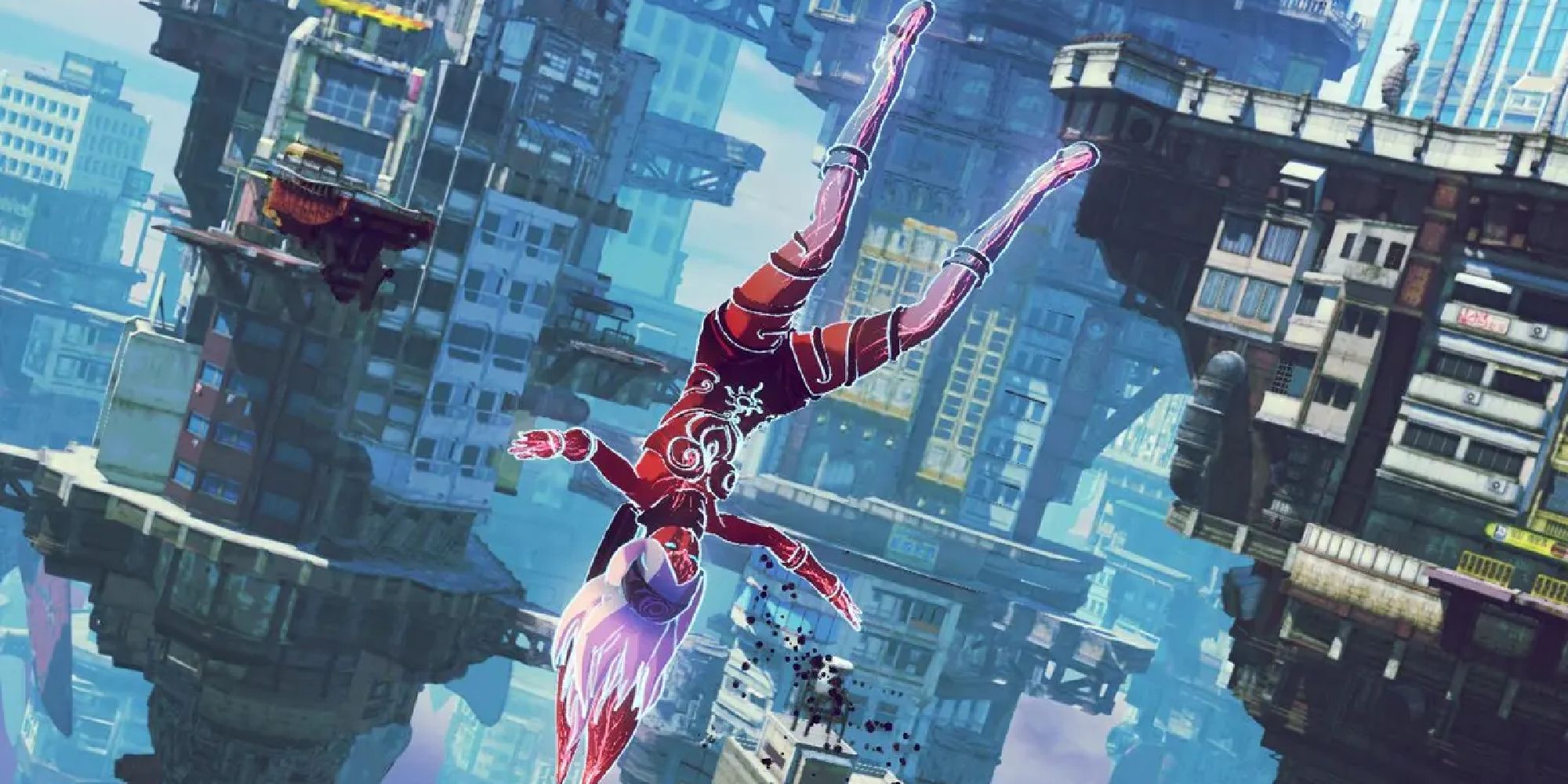
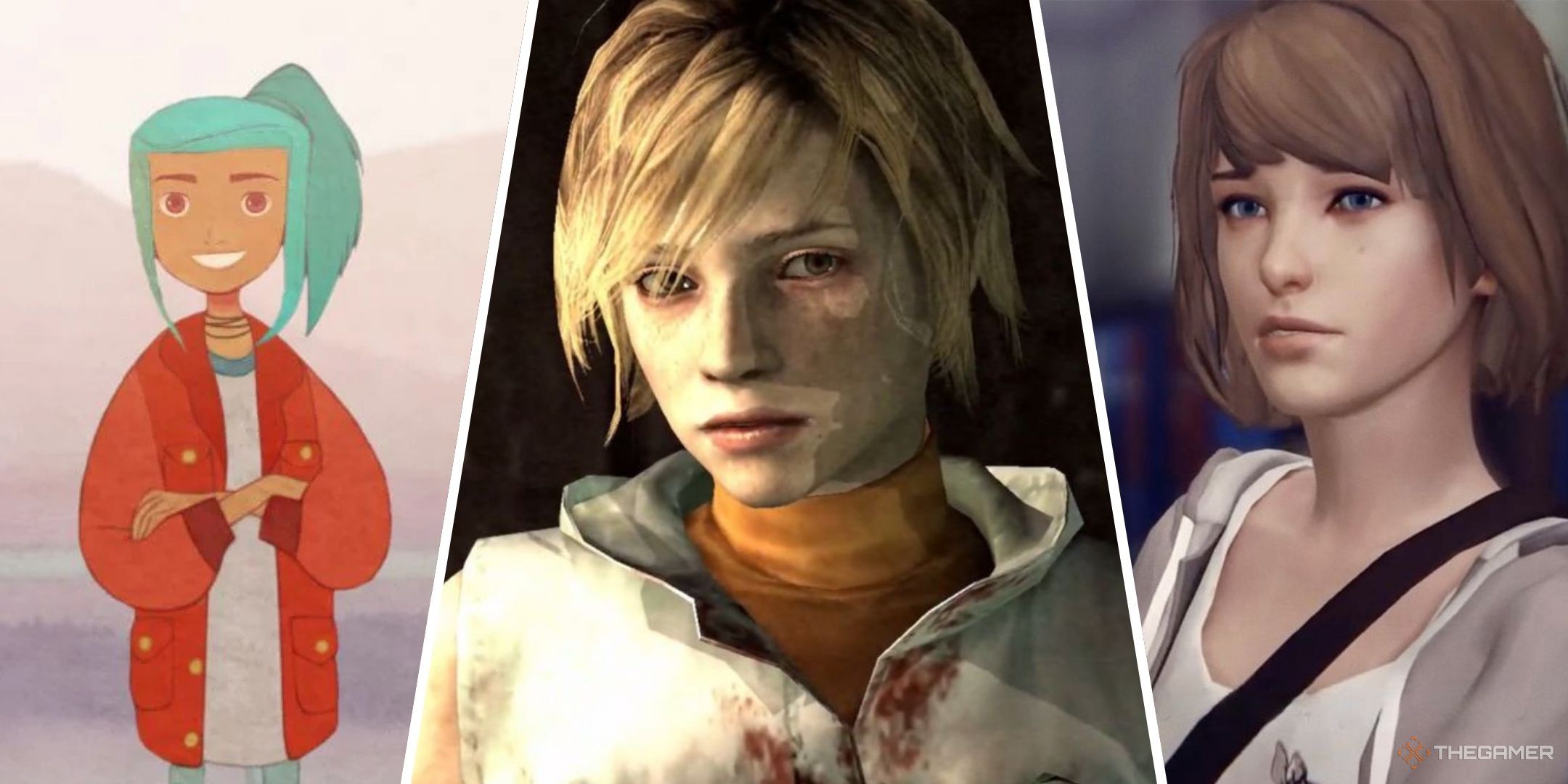
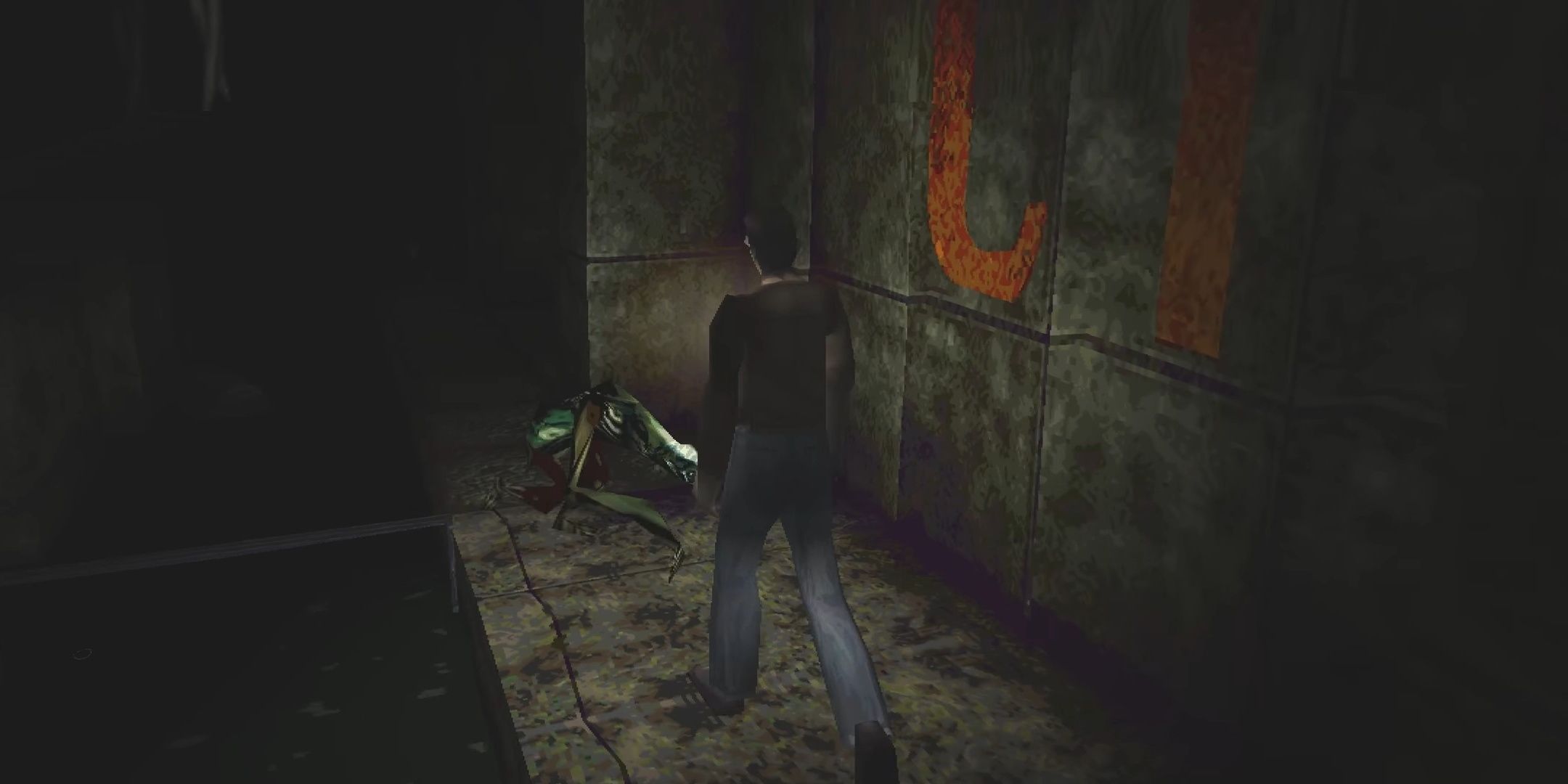
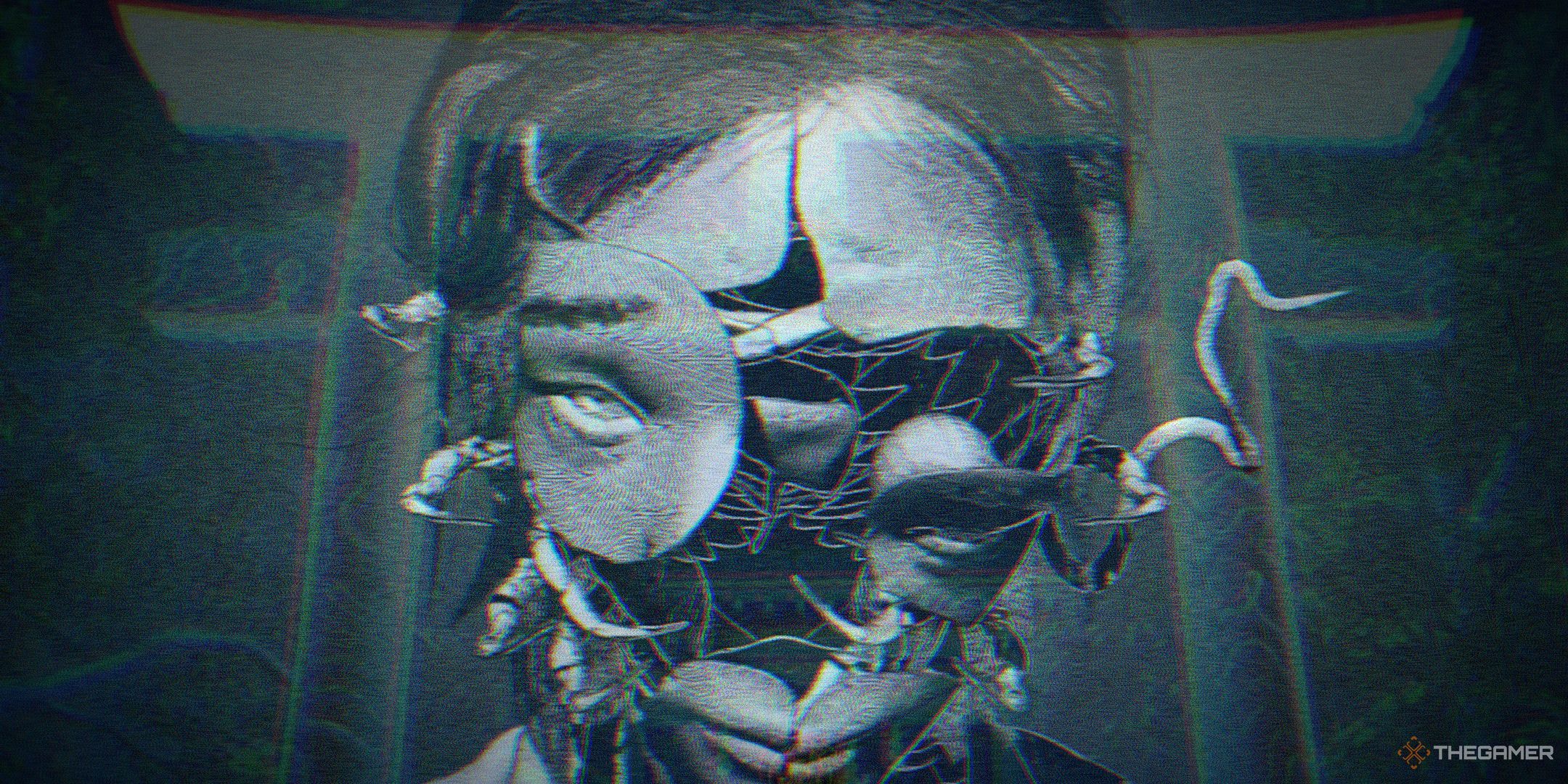
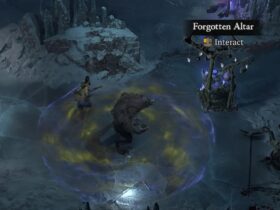
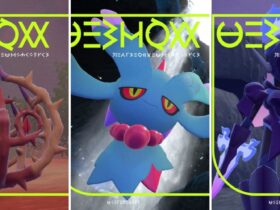







Leave a Reply